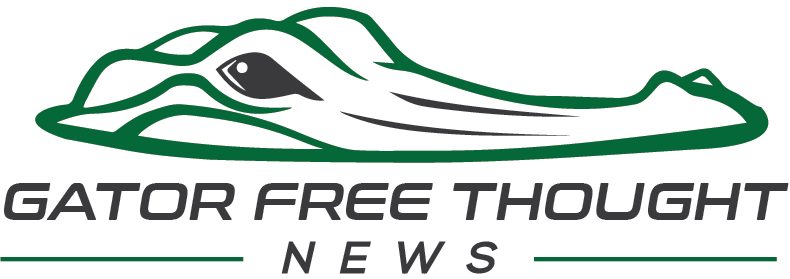Protecting Your Clients From Credit Card Fraud
Here’s a statistic you might find astonishing: in Canada, only 12% of point-of-sale transactions occur using cash. Moneris, one of Canada’s leading payment processors, estimates that this number will drop to 10% by 2030. There are a lot of advantages to cashless payments, but there is one glaring down side, too – credit card fraud. Keeping your clients and business safe from this type of fraud should be a priority. Canadian banks refunded Canadians over 700 million dollars in fraudulent debit and credit card in 2017 – that’s not counting all the fraud that didn’t get caught. Moreover, when fraudulent transactions occur at your place of business, it looks bad for you. What can you do to protect yourself and others from credit card fraud?
Be Vigilant During In-Person Transactions
These days, a lot of credit card fraud is happening online, and we’ll delve into what you can do about that later. That doesn’t mean that fraud doesn’t happen in person, though. While the advent of chip cards has made it more difficult to conduct large transactions using a credit card, the ability to tap cards has made small transactions easier. You should be wary of clients who come in and make several small tap transactions. You should also be cautious of cardholders with chipless cards. Be aware of the type of transactions your customers are undertaking, too. Anything that doesn’t fit the norm, like buying clothes in multiple sizes, is cause for scrutiny. Be especially aware of customers using chipless cards to buy large numbers of expensive items.
None of these signs mean that a customer is definitely attempting a fraudulent transaction, but a combination of one or many of these factors is a good reason to keep your guard up. Trust your gut, and if a customer performing a questionable transaction tries to rush you, stand your ground and take your time.
Scrutinize Online Transactions
Card-not-present fraud is growing at a rapid click; as it turns out, using techniques like phishing is a very effective way of getting financial information from unsuspecting victims. Scammers want to get value out of these cards quickly because this type of fraud gets reported before too long. There are a few signs that someone might be using a stolen card online, and many of them are similar to the signs they’re using a stolen card in person.
The transactions most likely to be fraudulent are big. When a customer is ordering multiple TVs, for example, you might suspect them of fraud; after all, how many TVs does one person need? Multiple orders from different credit cards to the same address and large orders that are made for express or overnight delivery are other signs of fraud (they want the items delivered before the fraud is discovered). There are a number of online payment processing platforms that can help you with security; finding the right payment processor helps reduce fraud in a number of ways.
Secure Your Customer’s Data
Up until this point, we’ve been discussing methods of spotting fraudulent transactions at your business. This helps protect your clients from fraud because by dissuading fraud at your place of business, you dissuade fraud generally. That said, the biggest source of potential distress for your clients is a security breach in which their personal information is accessed by malicious entities. In order to prevent this, you need a number of security features.
Proper digital hygiene is essential to digital security. You need anti-malware technology on all of your IT devices. You’ll also want to run security updates for your operating system and other software as they come up. Do not use pirated software because this software can contain multiple vulnerabilities (placed intentionally or not), and those vulnerabilities won’t be patched (as the software is pirated and won’t be updated by its creator).
You need to be careful about who can access customer data. For insurance agencies, this is a priority. Client data is only to be accessed by the broker who is dealing with the client. Set permissions for everyone working in your company and restrict access to files they don’t need to know about. Use monitoring software to understand what sites and files your employees are accessing – this helps protect client data and reduces the likeliness that an employee will access a site with malware on it.
Encryption and Tokenization
Now we’re getting into the technical stuff. You want to make sure your client’s data is encrypted, which means that it’s encoded in a way that makes it almost impossible for other computers to decipher. This allows you to send customer data between secure nodes without the data being stolen. You’ll also want to use a payment system with tokenization, which is rather similar to encryption; most payment systems already have tokenization incorporated. Following the Payment Card Industry Security Standards is an excellent way of ensuring that your client’s credit card data is safe from theft.
Keep Learning
Google recently announced that they have “achieved quantum supremacy” – in other words, that means they’ve got a really fast computer – so fast that it took their quantum computer 200 seconds to perform a calculation that would have taken an ordinary supercomputer 10,000 years! This could have a lot of implications for cybersecurity; calculations that quick may easily break through even our most complicated encryptions.
As computing evolves, scamming methods change, and online transactions increase, you’ll need to update your security. That means you’ll need to keep learning about how to keep your clients safe. Talk with your payment service providers, speak with your clients, and converse with other business owners. Keep reading articles online – you’ve already made a great step just by making it this far. Stay curious, stay safe, and keep your client’s security a top priority.












